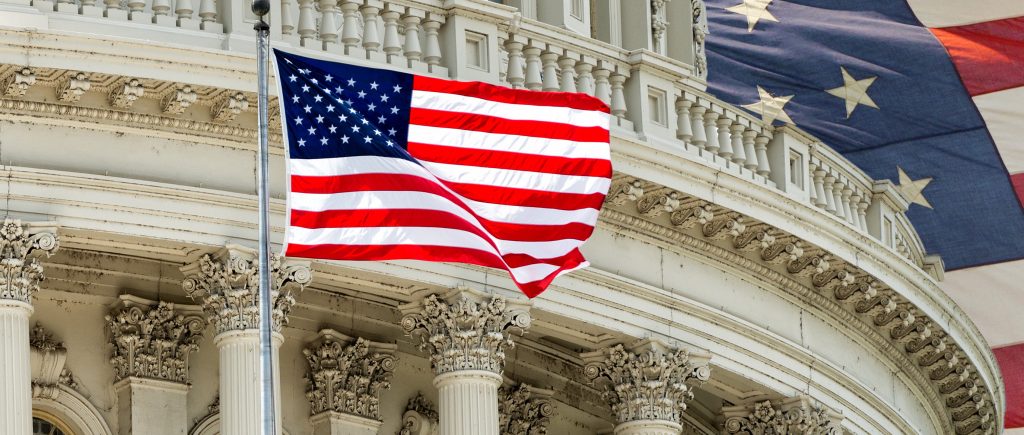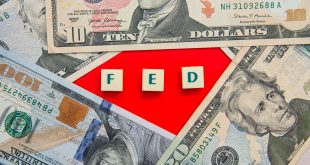A few months ago, observers said that they believe the most likely outcome for fiscal policy over the next two years will be a monetary policy jam. This comes after the Democrats enacted major spending programs in the past two years to maintain relief for the COVID-19 pandemic, in addition to funding the biggest public infrastructure bill in history as well as rescuing Biden’s Build Back Better program in the Inflation Reduction Act that address climate change, health care and tax reform.
With Republican gains much smaller than expected, Rep. Kevin McCarthy’s (R-Calif.) status as speaker of the House is still to be determined. But the influence of MAGA Republicans such as Rep. Jim Jordan (R-Ohio) and Rep. Marjorie Taylor Greene (R-Ga.) will increase as they will play prominent roles in House committees.
On the other hand, Democrats picked up a one-seat majority in the Senate when Raphael Warnock won the runoff election in Georgia. During the three preceding years, federal spending averaged about $4.5 trillion. It then surged by 45 percent in 2020 and has averaged close to $6 trillion in the past three years.
This resulted in the ratio of the federal budget deficit to GDP setting a post-war record of 15 percent in 2020 and 12 percent in 2021. It has since fallen to about 6 percent of GDP in 2022, and the Congressional Budget Office’s baseline projections see deficits of 4 percent to 6 percent over the next 10 years. They are well above the post-war average of 3 percent and imply a steady increase in public debt outstanding relative to GDP.
As a result, there is less opportunity for the government to pursue counter-cyclical fiscal policies or social programs in case the country’s economy slip into a recession.
Spending authorized for these programs presently exceeds $3 trillion. Biden and congressional Democrats are fully aware of the fact that ambitious agendas will have to wait for some time following Republicans’ upcoming control of the House of Representatives.

 Noor Trends News, Technical Analysis, Educational Tools and Recommendations
Noor Trends News, Technical Analysis, Educational Tools and Recommendations




